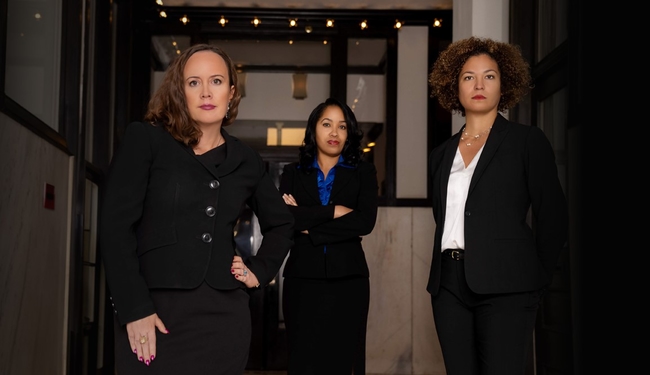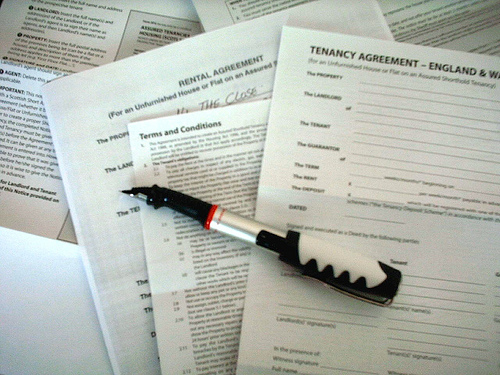
Good Georgia business lawyers will tell you that starting a new physician practice in Georgia is like starting any other business, with some additional considerations.
The first step in starting any business is to develop a business plan and strategy. A physician practice’s business plan should involve details identifying a need in your community, anticipated payer mix, common codes with expected reimbursement, billing efficiency, anticipated growth, marketing strategy, referral strategy, and business development plans. Like any other business, you need to determine the need for your business in a community. You should do your research and planning before starting down any paths.
The next step is to incorporate the business. You need to decide between a corporation (whether a C-Corp, and S-Corp, or a Professional Corporation) and a limited liability company. The decision on which business entity to choose depends on multiple factors: general liability considerations, how many physicians will be part of the initial practice, how fast you wish to grow the practice, how much corporate maintenance you wish to do, and taxes. Ultimately, taxes and general liability are the top things to consider. Another step in the incorporation process is to obtain a tax payer ID number from the IRS.
Business accounts should be opened in the business’ name, and be kept separate from all personal accounts. Insurance should be obtained for the business. It is important to work with a competent local insurance broker or agent to meet your insurance liability needs. Consider, professional malpractice, general liability, disability, worker’s compensation, health insurance, and retirement plans.
It is also important for a new physician’s practice to start the credentialing and contracting process early. Government payors have long processing times. Get started on the Medicare/Medicaid paperwork at least four to six months before your expected opening date. You don’t want to open your practice and not be able to accept some patients because of credentialing or contracting delays. The credentialing process cannot be started without first setting up the corporate entity. You should also start the process of hiring non-physician staff, independent contractors, and administrative staff several months before your expected opening date.
Finally, it’s important to manage your practice like a business. Identify financial performance indicators, the red-flags that will alert you to trouble or give you assurance that everything is going according to plan. You should review your financial indicators and business plan on a monthly basis to ensure you are on track. You are running a business and a medical practice, so it is important to understand what your competencies are and hire experts where necessary.
Continue reading →
 Georgia Injury Lawyer Blog
Georgia Injury Lawyer Blog



 Georgia Contract Lawyer discusses that In order to sue for a contract in Georgia, you need to have legal standing to sue. Another fancy word for this is called “privity.” The doctrine of privity of contract provides that only a party to a contract has standing to sue to enforce it, even if the contract confers benefits on others.
Georgia Contract Lawyer discusses that In order to sue for a contract in Georgia, you need to have legal standing to sue. Another fancy word for this is called “privity.” The doctrine of privity of contract provides that only a party to a contract has standing to sue to enforce it, even if the contract confers benefits on others.


 Good Georgia Personal Injury Lawyers Series on SUV Rollovers Continue:
Good Georgia Personal Injury Lawyers Series on SUV Rollovers Continue: Our law firm helps protect the rights of those injured or harm due to a wrong or injustice. Just a few of the many cases we do involve children who are victims of bullying. We are pleased that our firm was invited to attend the special showing of The Fat Boy Chronicles.
Our law firm helps protect the rights of those injured or harm due to a wrong or injustice. Just a few of the many cases we do involve children who are victims of bullying. We are pleased that our firm was invited to attend the special showing of The Fat Boy Chronicles.